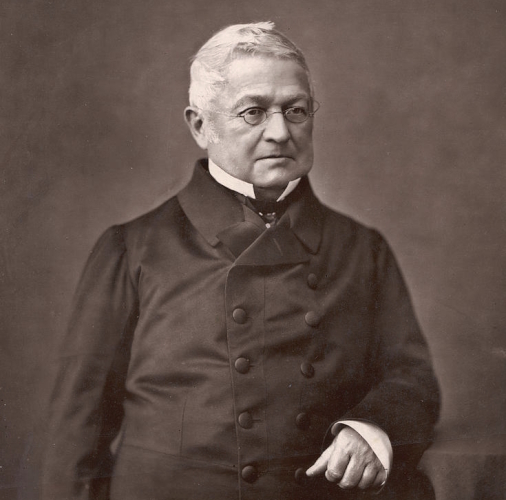Focus On: (224) Oceana
Name origin: Pacific Ocean, the largest on the planet, which covers approximately 46% of Earth’s water surface and about 32% of its total surface, more than its entire land area. Mean depth is 4km; the Challenger Deep in the Mariana Trench reaches 10.9km. The ocean straddles the International Date Line.
Focus On: (224) Oceana Read Post »










